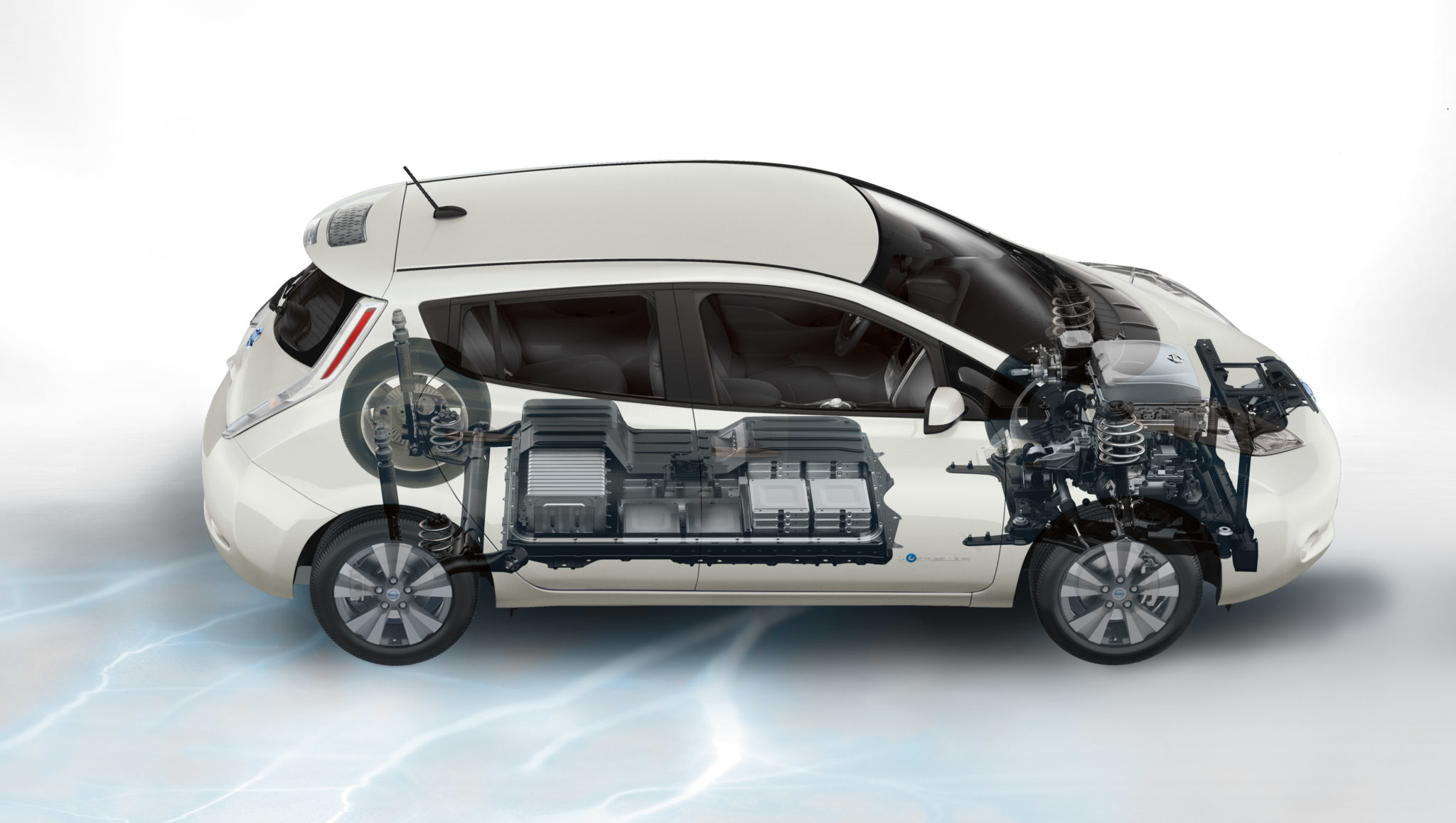A group of researchers from the Tokyo University of Sciences has developed an anode that allows the creation of sodium-ion batteries with a higher capacity than lithium-ion batteries, which are the most widely used today. The main advantage of this chemistry is that, since sodium is a very common element, the cost of this type of battery is significantly lower.
In the study, published in Angewandte Chemie International Edition, the team claims to have found an energy-efficient method to produce a new carbon-based material that will allow sodium-ion batteries to have a high storage capacity, making them competitive against other chemicals.
Researchers have focused on the synthesis of hard carbon (a highly porous material used as an anode in batteries) through magnesium oxide (MgO) as an inorganic template with nanometric pores. According to the Tokyo University of Science team responsible for this development: “The researchers explored a different technique to mix the MgO template ingredients to fine-tune the nanostructure of the resulting rigid carbon electrode. After multiple experimental and theoretical analyzes, they elucidated the optimal manufacturing conditions and components to produce hard carbon with a capacity of 478 mAh / g, the highest ever reported for this type of material.”
This figure exceeds that exhibited by graphite (372 mAh/g), a material currently used in the anode of lithium-ion batteries that do not work in sodium-ion batteries. The energy density of a flurry of this type would be 19% higher. However, more studies are still needed to verify the electrode’s useful life and the performance of the pack at low temperatures.
Professor Shinichi Komaba has stated about the research: “Our study shows that it is possible to make sodium-ion batteries with high energy density, overturning the common belief that lithium-ion batteries are superior. The extremely high capacity hard carbon that we have developed has opened the door to the design of new sodium storage materials.”

